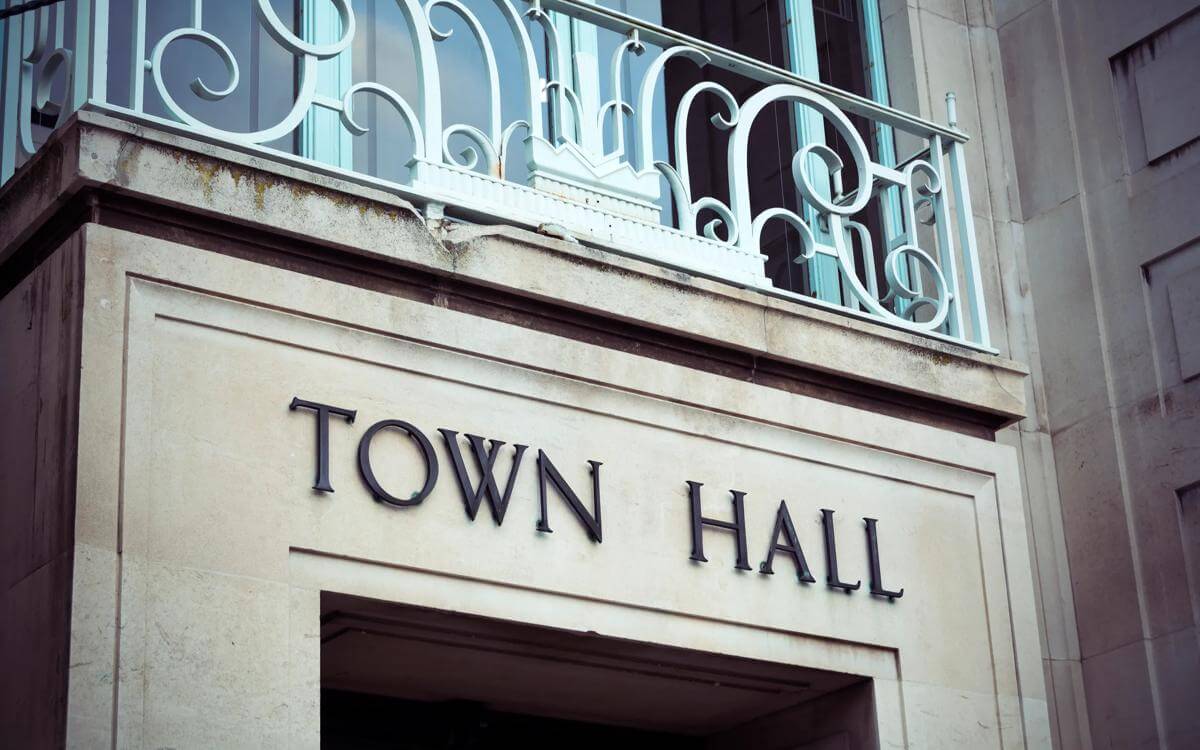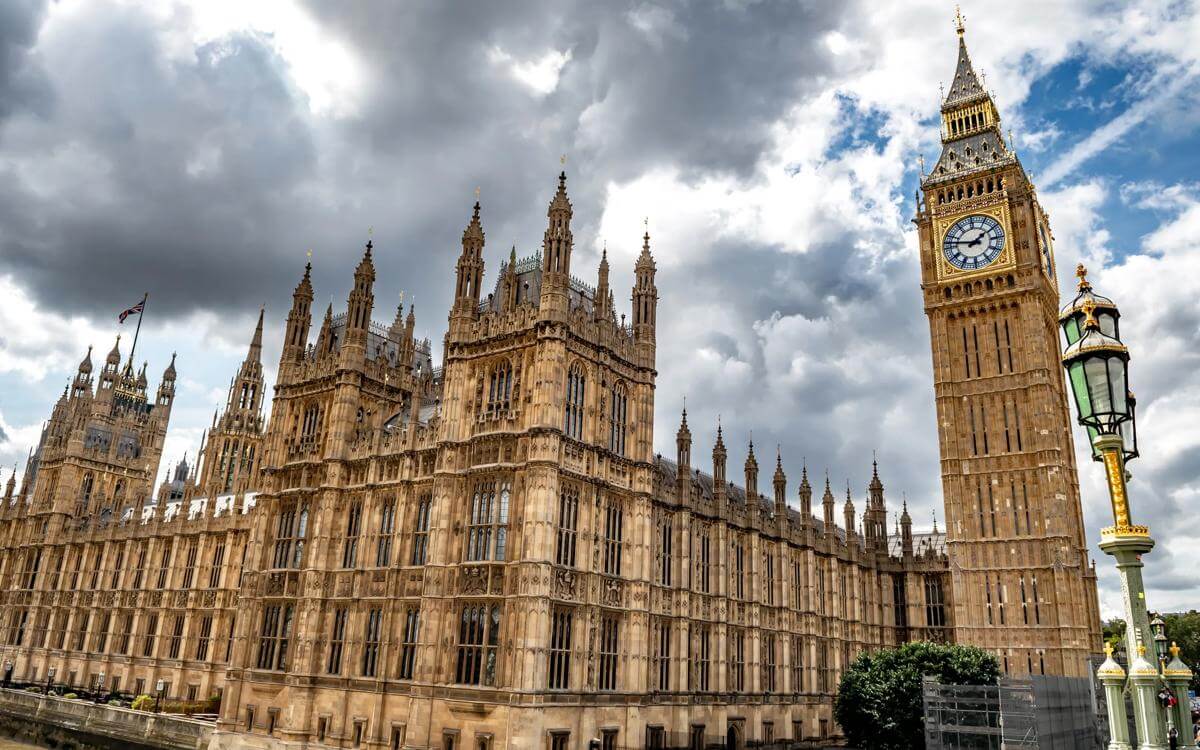Treasury consults on future lending terms of the Public Works Loan Board
The consultation has been prompted by the specific issue of ‘debt for yield’ to ensure that the PWLB can continue to support local authority investment.
This article is taken from July's public matters newsletter. Click here to view more articles from this issue.
The Public Works Loan Board (PWLB) is one of the main lenders to local government and accounts for around two thirds of local authority debt. The government has issued a consultation on its future lending terms.
According to the consultation, the government has been prompted to consult on limited interventions to address the specific issue of ‘debt for yield’ so that the PWLB can continue to support local authority investment in service delivery, regeneration and housing without restricting local authority's powers and freedoms to deliver local services.
A report by the National Audit Office (NAO) highlighted that a minority of local authorities have started using low-cost loans from the PWLB, which lends to local authority for capital projects to buy investment property primarily for rental income. Whilst this type of borrowing can be compelling for individual local authorities, the government view ‘debt for yield’ as an activity that introduces risks locally and nationally.
According to the government, at local level, this exposes ratepayers to the risk that if income does not materialise, it leaves the local authority with the inflexible commitment to keep up with repayments on their loans. Whereas within the wider public sector, the government views this activity as diverting money from core services such as schools, hospitals and roads. Further, access to cheaper finance by local authorities the government argues can make it harder for business to compete and in the wider economy, it may crowd out public investment and risk distorting the property market.
The NAO estimates that local authorities bought £6.6 billion of commercial property between 2016 – 17 and 2018 – 19. With the fall in the price of PWLB loans this made it valuable for local authorities to use these loans to cover their interest costs plus an average annual profit of around 1%-2% if the assets performed as expected. For a three-year period, net lending by the PWLB increased by £12.7 billion.
The government’s concerns are that where public money is diverted into assets that serve no direct public policy purpose, the value for money of the system is undermined as follows:
- it is a low value use of public resources, as the return is negligible;
- the income is not reliable, especially where the local authorities have borrowed to take on the investments and need a minimum return to keep up with the repayments on their debts. Where debts taken on by a local authority are disproportionate to their size, this could lead to consequences that are most extreme to the local authority;
- it puts unmanageable pressure on the PWLB;
- it risks distorting local and regional markets for these assets. In respect of this the NAO estimates that 18% of all spending on commercial property sold in the South East since 2016 was by local authorities.
Nevertheless, the consultation document recognises that local authorities have owned assets that could serve a commercial purpose and use commercial structures to advance their core role in service delivery, housing and regeneration. Whilst the government’s position is that it is committed to supporting this valuable investment, it considers that action has become necessary to address the increase in commercial activity that is motivated primarily for yield rather than for direct pursuit of policy objectives.
The proposals put forward include:
- requiring local authorities that wish to access the PWLB to confirm that they do not plan to buy investment assets primarily for yield;
- publishing guidance to define the activity that PWLB will no longer support, with clear protections for service delivery, regeneration, housing and refinancing of existing debt;
- standardising the information currently gathered through the application process for the PWLB Certainty Rate and using this as the primary way to confirm with local authorities that their plans conform with the guidance.
Local authorities wishing to buy investment assets primarily for yield could continue to do so but not via new loans from the PWLB in the year in which they have bought the asset. Loans taken out under the old system would not be affected. The changes would only apply to larger authorities in England, Scotland and Wales with no changes intended to the PWLB lending arrangements for smaller local authorities (meaning parishes, town and community councils and drainage boards) as the issue of debt for yield seems to be limited to larger authorities.
The consultation has a series of questions focusing on the proposed changes including the processes that would be introduced, the plans that a local authority would need to submit as part of an application and the making of certain declarations, as well as defining and categorising activities for which borrowing is sought.
As the PWLB is an important lender for local government and these changes are likely to impact on future projects, engaging with the consultation is an important opportunity for local authorities to influence these changes. Due to Covid-19, the deadline for responding has been extended to 31 July 2020. Full details on the consultation can be found here.
Contact

Mark Hickson
Head of Business Development
onlineteaminbox@brownejacobson.com
+44 (0)370 270 6000








































